Designers are harnessing natural forces to reshape our world
Beyond Organic
-
Bone Chair, Joris Laarman
Courtesy of the artist
-
Bone Chair, Joris Laarman
Courtesy of the artist
-
Long Exposure Series, Geoff Mann
© Sylvain Deleu
-
Long Exposure Series, Geoff Mann
© Sylvain Deleu
-
The Secret Life of Shadows, Geoff Mann
© Sylvain Deleu
-
TreeSkins, Loop.pH
Courtesy of the artist
-
TreeSkins, Loop.pH
Courtesy of the artist
-
TreeSkins, Loop.pH
© Sylvain Deleu
-
TreeSkins, Loop.pH
Courtesy of the artist
-
Biowall, Loop.pH
Courtesy of the artist
-
Biowall, Loop.pH
Courtesy of the artist
-
Brainwave Sofa, Lucas Maassen
Courtesy of the artist
-
Valerie, My Chrystal Sister, Lucas Maassen
<em>Courtesy of the artist</em>
-
Valerie, My Chrystal Sister, Lucas Maassen
Courtesy of the artist
-
Valerie, My Chrystal Sister, Lucas Maassen
Courtesy of the artist
-
Mycotecture structure, Phil Ross
Courtesy of the artist
-
Lightweeds, Simon Heijden
Courtesy of the artist
-
Honeycomb Vase, Studio Libertiny
© Raoul Kramer
-
Honeycomb Vase, Studio Libertiny
© Raoul Kramer
Around the mid-2000s, a widely divergent crop of young creatives started exploring the frontier land between design and natural science. Joris Laarman, for example, while studying at the Design Academy Eindhoven, decided to break with the functional hominess characteristic of Dutch design and nurture a personal interest in biology; he began to track research conducted by university labs as part of his design process. Philip Ross, a chef and hospice caregiver in San Francisco, became obsessed with fungus; he moved from cooking mushrooms to harvesting medicinal specimens to breeding species that could grow into a chair. At London’s Royal College of Art, Scottish artist Geoff Mann drew inspiration from the landmark stop-motion photography of Eadweard Muybridge as he worked to capture in sculpture some of the most poetic ephemeral movements found in the natural world. Today, this creative approach is spreading like a benevolent virus.
Designs based on patterns found in nature—from the regeneration of human bones to the flight paths of moths—are yielding a new ideal in which objects are cultivated as much as conceived. In the act of creation, natural forces take over traditional roles of the designer, such as dictating form, and the underlying sense of purpose goes beyond utilitarian function. At a time when rapid high-tech advancements and scientific discoveries could be leading to a more artificial environment, it seems that design may actually become increasingly grounded in the organic. And, spurred by the proliferation of 3-D printing, larger and more popular projects keep popping up.
“Ever since industrialization overtook mainstream design, we have wanted to make objects inspired by nature: from Art Nouveau and Jugendstil to the biomorphic designs of the 1960s,” notes Laarman. “Now, our digital age makes it possible to use nature not just as a stylistic reference but as the essential underlying principle, to generate forms like an evolutionary process. The shape of the Bone chair becomes meaningful because it expresses a universal law of nature.”
Laarman’s 2006 Bone chair remains an iconic early work in this vein. Based on the human bone’s natural economy and the algorithm that dictates bone growth (discovered by scientists Claus Mattheck and Lothar Hartzheim), all extraneous material is removed from this chair until only the essential supporting structures remain. An evolving collection of furniture has sprung from the formula, from chaise and rocker models to the Bridge and Leaf tables and the Branch bookshelf. The designer is now turning his interest to digital design tools, with new pieces in the works for a show at Friedman Benda gallery next year, as well as a travelling exhibition launching at the Groninger Museum in 2015. The designer is keeping a lid on his latest creations, but he says they will also address advances in algorithmic approaches to fabrication and distribution.
Bones similarly inspired Danish designer Mathias Bengtsson’s 2011 Cellular chair. Featuring hundreds of variable cavities across a fluid membrane, the design relies on a computer program to replicate the strong, stable cellular construction of ossein tissue. This is is just one of many designs by Bengtsson that exploits natural algorithms to create futuristic but functional furniture forms.
Other designers have developed forms that mimic behaviors, rather than structures, found in nature. Geoff Mann’s Long Exposure series uses stop-frame cinematography and rapid prototyping to map the jittery flight of a moth when it senses light, the swirling dance of two moths meeting, or the graceful undulations of a bird taking off. From this, he creates sculptures of sinuous, otherworldly shapes in ghostly glass or nylon, sometimes set with LEDs. Fixing a passing moment in time, they appear too complex, too organically accomplished to be anything but evolutionary. “Harnessing nature opens up a whole new grammar of form,” says Mann. “Algorithms allow for very intricate designs on a sort of cellular level, which are otherwise impossible to create.”
Mann’s first piece is now in MoMA’s architecture collection. Since it is based on just four seconds of footage—and the designer has much more—there are potentially hundreds of slices of moth flight to be cast in sculpture. His latest project, though, The Secret Life of Shadows, imbues static everyday objects, like a perfume bottle, with lifelike movements that are captured in animated videos.
Whereas Mann fixes ephemeral time, Dutch-born, London-based designer Simon Heijdens’s 2006 installation Lightweeds, as well as his 2010 Branches, move with life in continuous real time. These digital plants have been projected onto museum walls across the world, growing and swaying according to the sunlight, rain, and wind measured outside. As visitors walk past, they send their virtual pollen to other walls, and new seeds sprout into life. “Our everyday surroundings are increasingly static, through conditioned climates and 24-hour lighting,” Heijdens explains. “My projects attempt to bring back an unplanned, natural timeline to artificial spaces.” Each permanent installation is tailored to the local site, with new versions due soon in Utah, Texas, and Florida.
French furniture and interior designer Noé Duchaufour-Lawrance’s recent work explores a kindred concept. Presented at Paris’s Galerie BSL last year, the Naturoscopie collection includes a set of screens in which mirrors and LEDs replicate sunlight filtering through foliage. Another piece from the collection, Shelf, takes its form from the similarities found between cellular and planetary structures. These pieces use high-tech materials and processes to trigger the instinctive tranquil feelings generated by placid natural phenomena.
MIT’s Silk Pavilion—a silkworm’s cocoon created at the scale of human architecture—forges new territory at the intersection of nature and digital technology.
The next fertile phase of this nature-led approach involves working with living matter. For his 2010 bioluminescent Halflife lamp, Laarman used hamster cells genetically modified with firefly genes as a light source. Evoking the “fear of Frankenstein’s monster,” the designer says, it hints at the contradiction between how people romanticize nature’s beauty while simultaneously dreading its uses. But such sensibilities could be changing. The Massachusetts Institute of Technology (MIT) Media Lab saw tremendous interest in its recent Silk Pavilion experiment, in which professor Neri Oxman and the Mediated Matter Group team harnessed 6,500 silkworms to knit a delicate architectural dome, using the creepy-crawly larvae as builders.
Phil Ross is no stranger to the Frankenstein concern. His work perhaps comes closest to the biomimicry driving all of these new projects; but his chairs grown with fungus were developed, above all, to make the material more acceptable—more familiar—and to demonstrate its incredible potential. In 2009, Ross used mushroom bricks to build a hut-like structure at Kunsthalle Düsseldorf. Depending on technique, the finished “mycotecture,” as he calls it, can be soft and velvety, rubbery like vinyl, or springy like cork. The material is highly durable and can replace polystyrene and other plastics. At scale, it could cost half the price and energy of traditional polymers used in synthetic materials.
“It’s ready to go as a building material, but there is a cultural resistance,” Ross says, explaining that people sometimes equate fungus with mold. “It might be an unproven aspect, but this material is much better for you than things that are already in your house. Our ideas of what is healthy or normal are not really in alignment with reality.”
Still, there has been wide interest, from waste treatment centers and astronautics experts, as well as from cultural organizations. Ross’s furniture models were just featured in En Vie/Alive, an exhibition at Paris’s Espace Fondation EDF—alongside 33 other “biofacture” projects, including BioCouture’s proposal for shoes grown from microorganisms and Studio Libertiny’s now iconic, bee-built Honeycomb Vase. And more invitations to exhibit are forthcoming for Ross’s fungus: Patent Pending at San José’s ZERO 1 Garage, an online presentation at MoMA.org, and a show at Parsons The New School for Design in New York.
Collaborating directly with living organisms was also a sell at last year’s FANTASTIC Festival, for which the host city of Lille called upon London-based artists Rachel Wingfield and Mathias Gmachl of Loop.pH to create site-specific, nature-based designs. The duo draped trees with their TreeSkins, scale-like netting that merges with the bark to capture carbon and generate energy, illuminating softly at night. They also hoisted Tree Lungs, structures of wood and electronics that illustrate breathing through the flickering of light, with the length and depth of breath ruled by carbon capture nearby.
Opening mid-October, the exhibition Out of Hand: Materializing the Postdigital at New York’s Museum of Arts & Design will devote a “Modeling Nature” section to design inspired by biology and ecology. Alongside works by luminaries such as Maya Lin, Anish Kapoor, and Zaha Hadid, the show will include Magnus Larsson’s microbe-powered mobile 3-D printer, Greg Lynn’s leaf-inspired cutlery set, and the Brain Wave sofa, sculpted in foam in the shape of the brainwaves produced by its creators—Dutch designer Lucas Maassen and Belgian studio Unfold—when they thought about the word “comfort.”
Maassen has also created what may be the most intimate piece at the intersection of design and nature. His 2012 project, Valerie, My Crystal Sister, is a 1,000-piece crystal chandelier based on a tiny copy of his parents’ DNA, painstakingly synthesized by healthcare scientists at Roche. In a moving live performance at the Vitra Design Museum, Maassen’s parents strung the crystals together, putting the finishing touches to the daughter they never had. Unlike many other nature-inspired designs, this work is informed not by how things are but by how they could have been.
-
Text by
-
Nicolai Hartvig
A multi-faceted Dane, Nicolai writes about art, design and culture for the International Herald Tribune and Art+Auction—when he’s not covering EU and NATO diplomacy from Brussels. He’s not-so-secretly nostalgic for modernist architecture.
-
Découvrez plus de produits
Una - Meuble de Bar Articolo Indeterminativo par Stefano Marolle pour Secondome, 2016
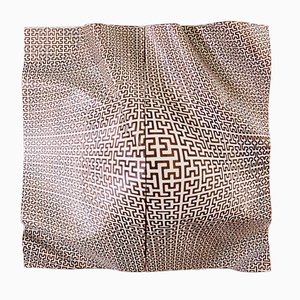
Lampe de Bureau Jellyfish par Marzio Rusconi Clerici pour Fragile Edizioni
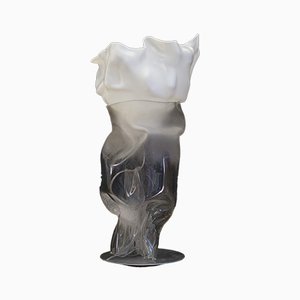
Squid Chair par Marzio Rusconi Clerici pour Fragile Edizioni

Sculpture Jellyfish par Marzio Rusconi Clerici pour Fragile Edizioni

Table Una - Articolo Indeterminativo par Stefano Marolla pour Secondome, 2016
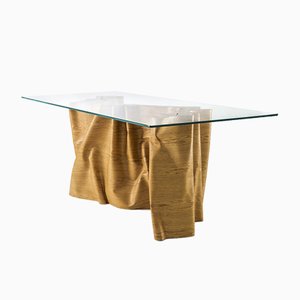
Chaise Longue Una - Articolo Indeterminativo par Stefano Marolla pour Secondome, 2016

Buffet Una - Articolo Indeterminativo par Stefano Marolla pour Secondome, 2016
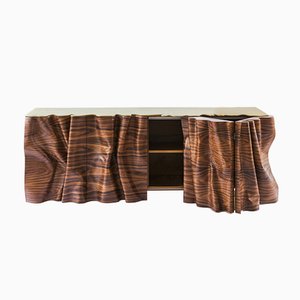
Table d’Appoint en Bois Pressé Noir de Johannes Hemann
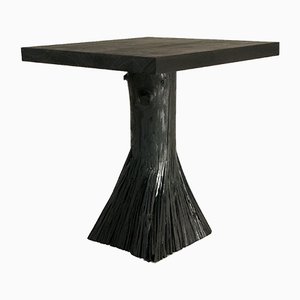
Lampe de Bureau Wrap en Épicéa de Johannes Hemann
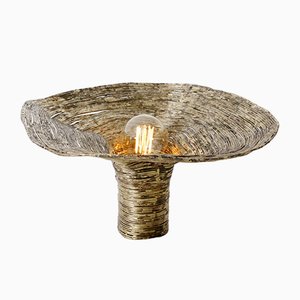
Lampe de Bureau Wrap en Hêtre de Johannes Hemann
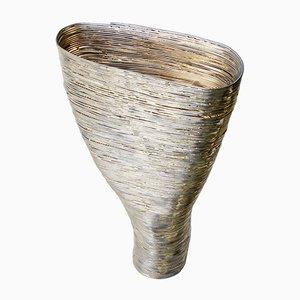
Lampe de Bureau Wrap en Hêtre et Laiton de Johannes Hemann

Lampe à Suspension Wrap Linden de Johannes Hemann
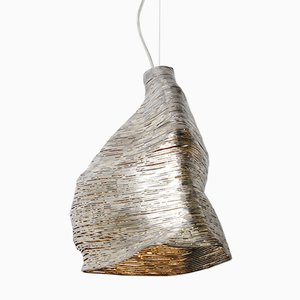
Lampe à Suspension Wrap en Hêtre de Johannes Hemann
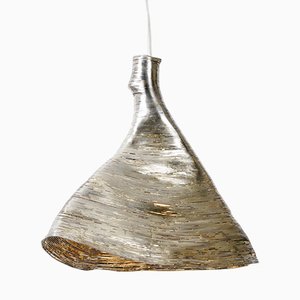
Lampe de Bureau Dorée en Bois Presse de Johannes Hemann
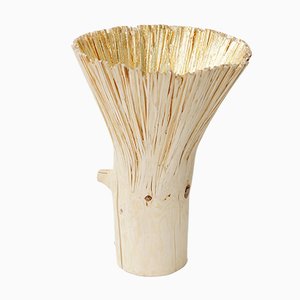
Conchiglia I par Irene Maria Ganser
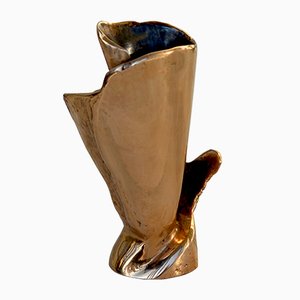




















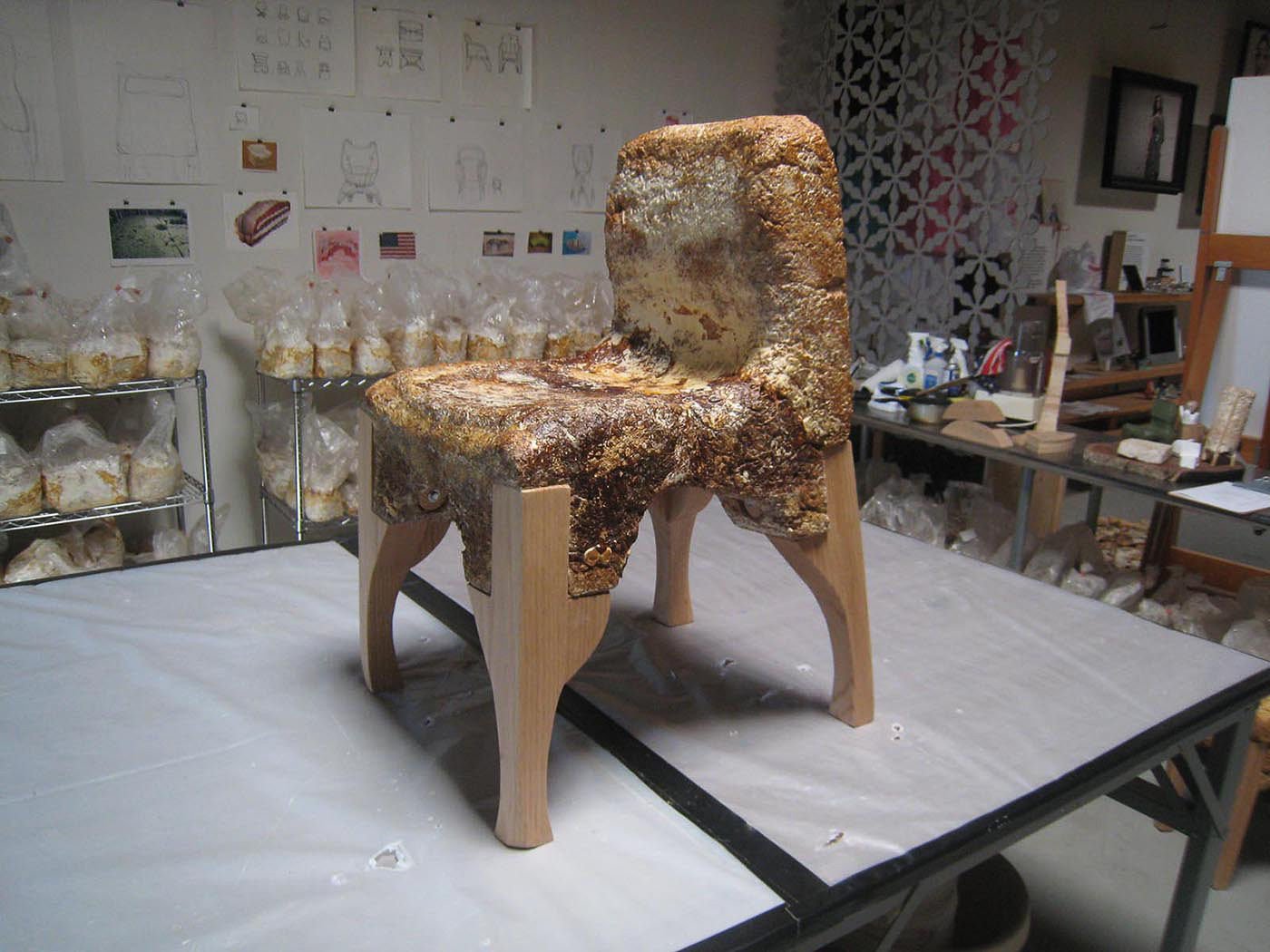 Yamanaka Chair by Phil Ross
Courtesy of the artist
Yamanaka Chair by Phil Ross
Courtesy of the artist
